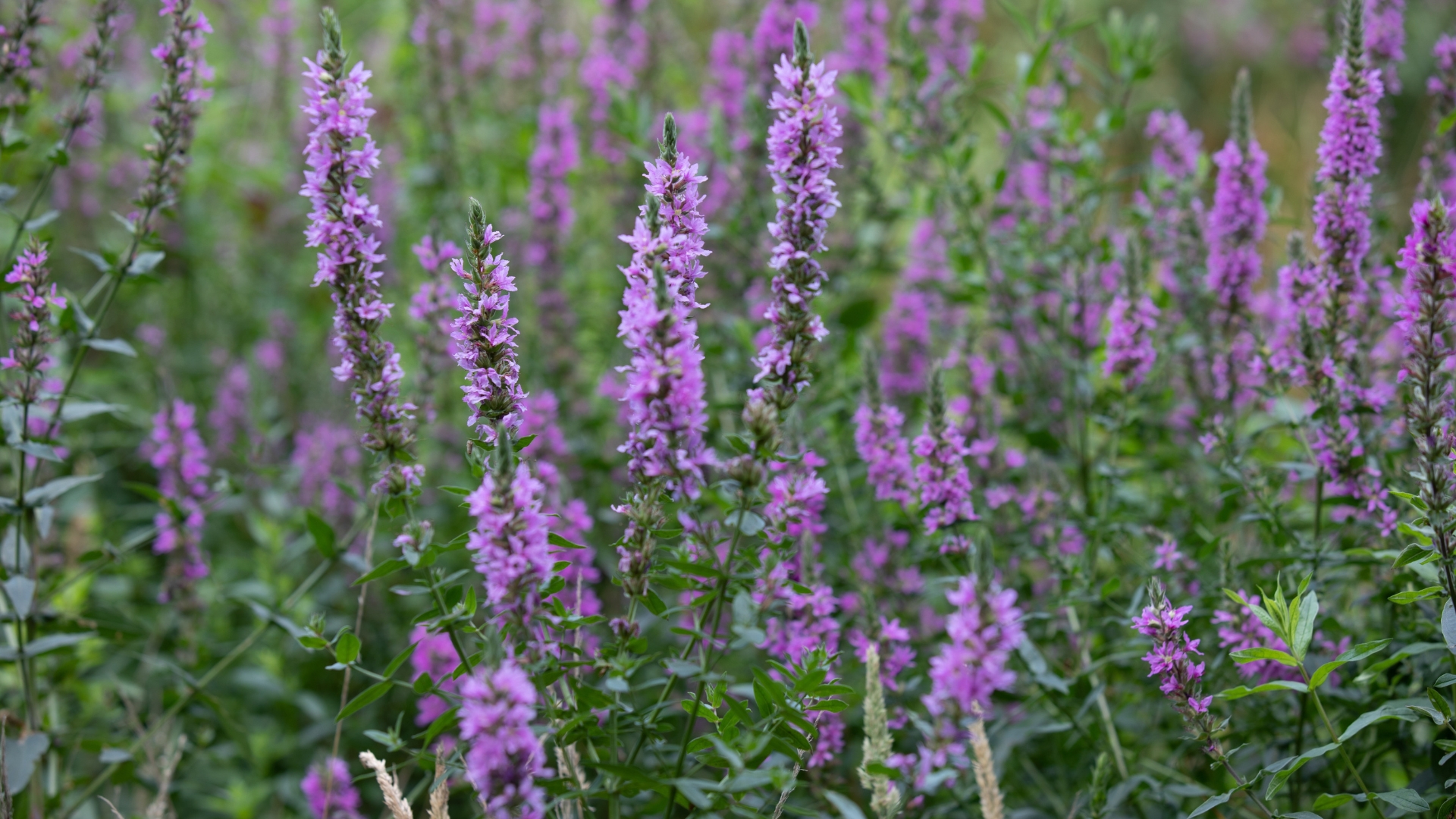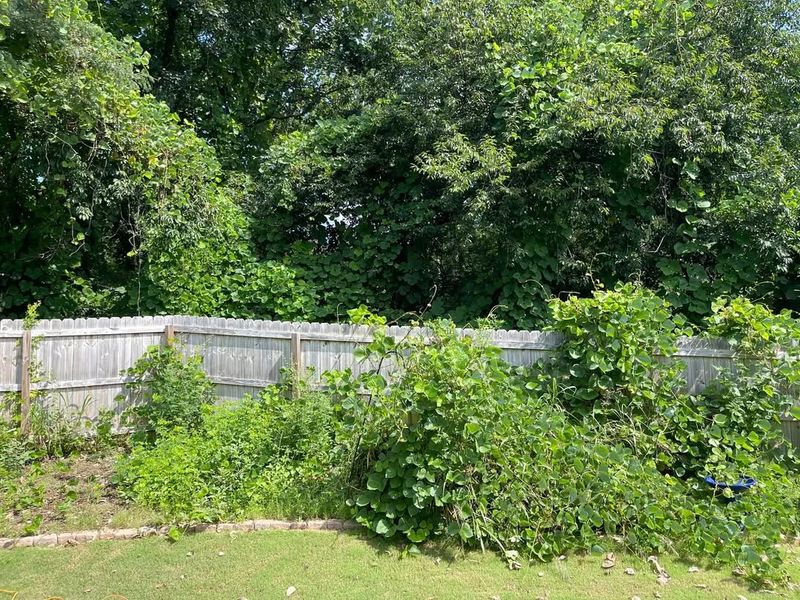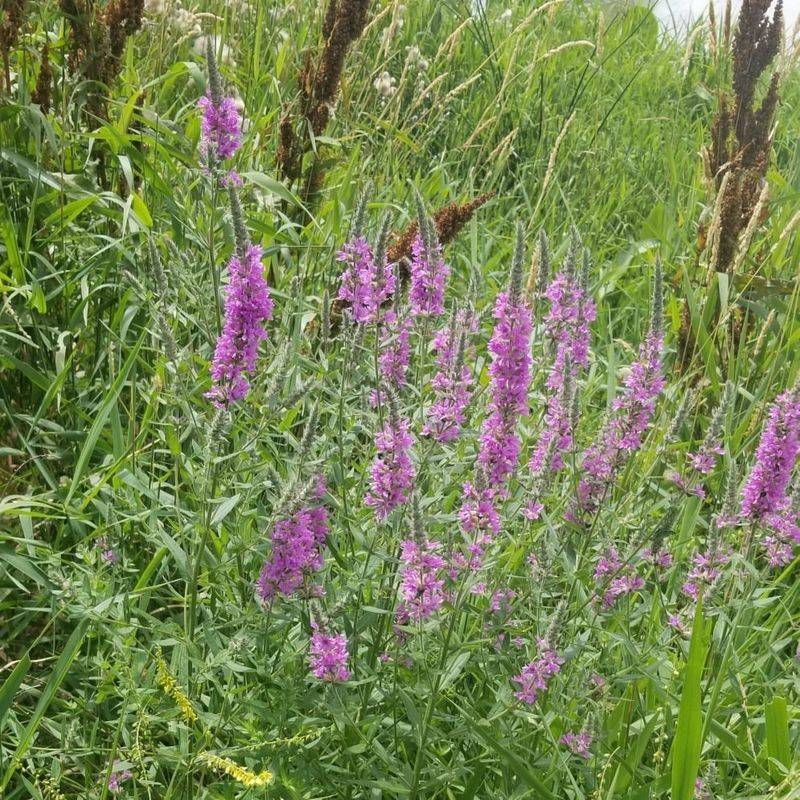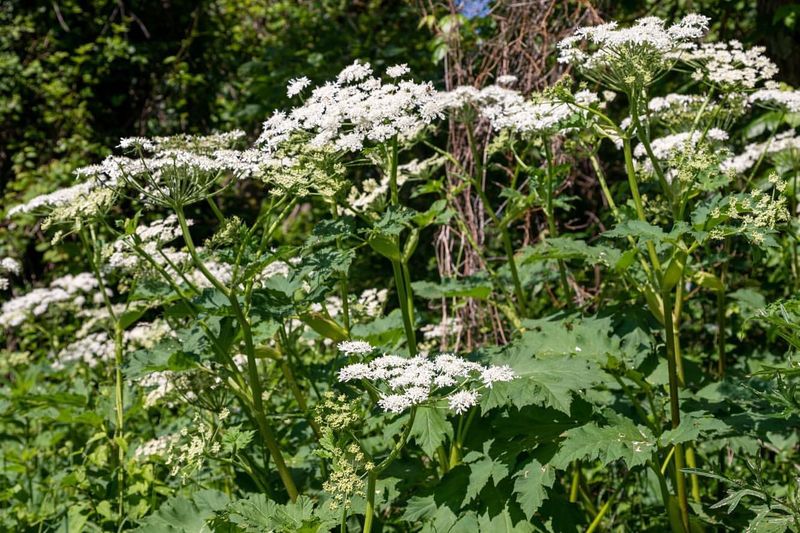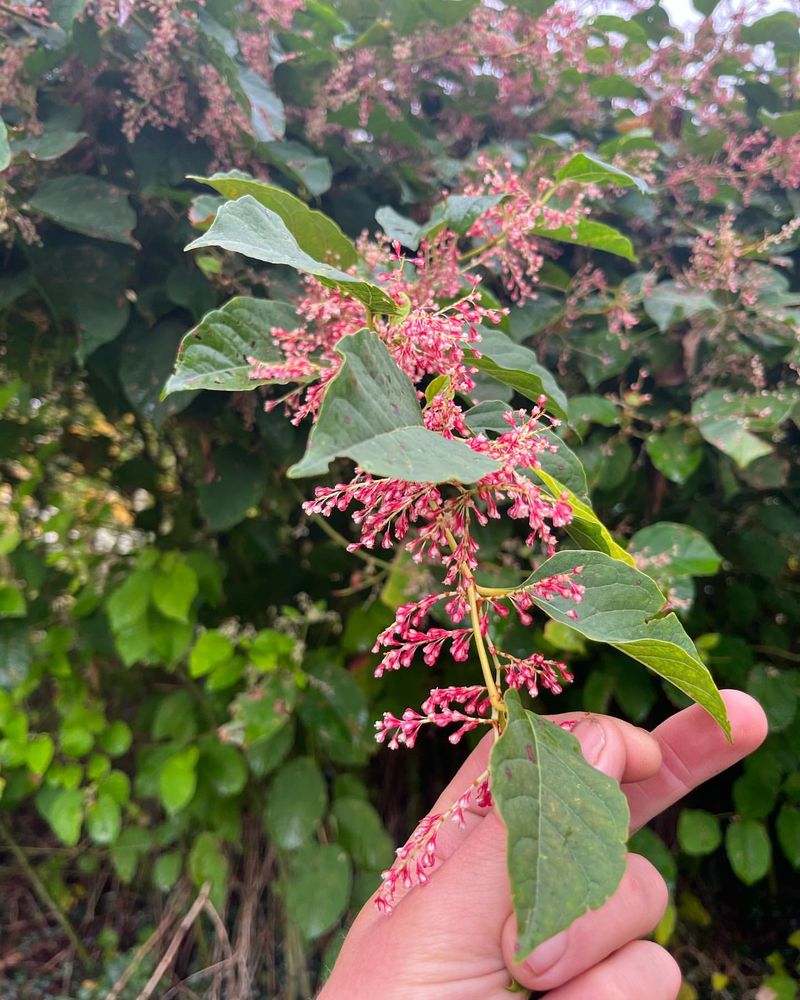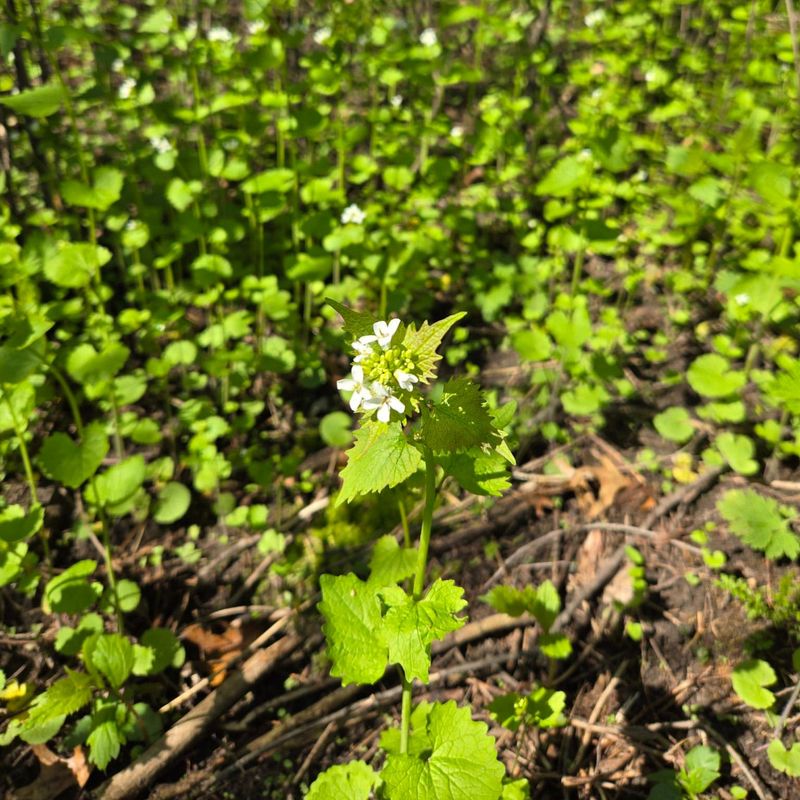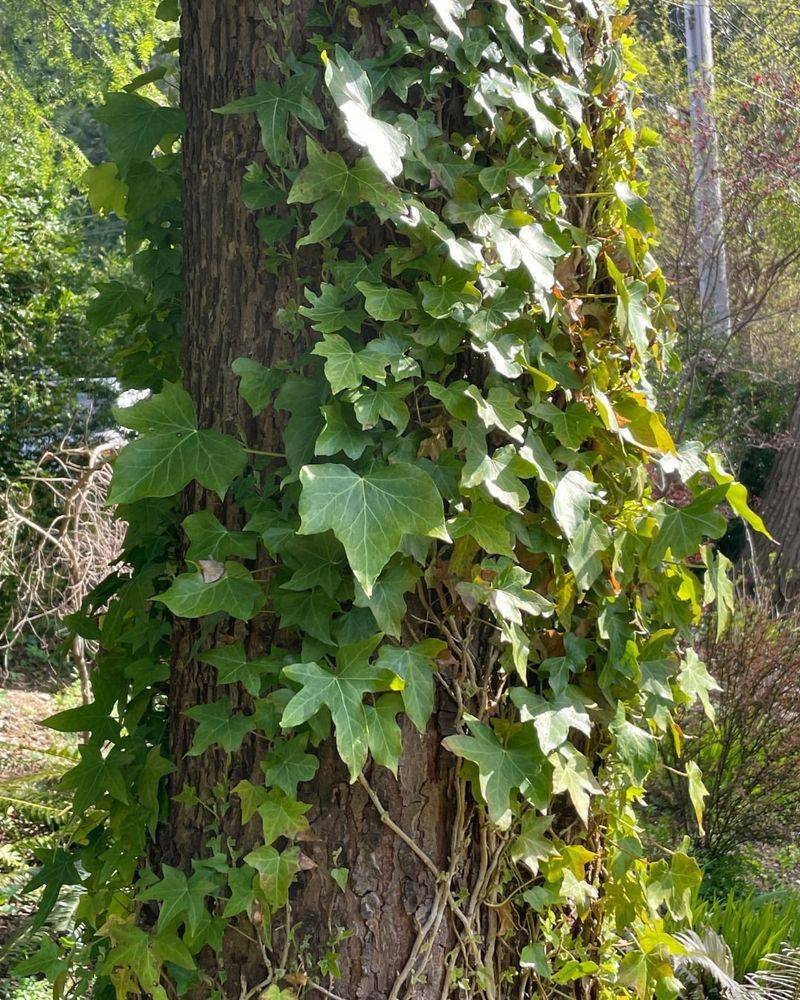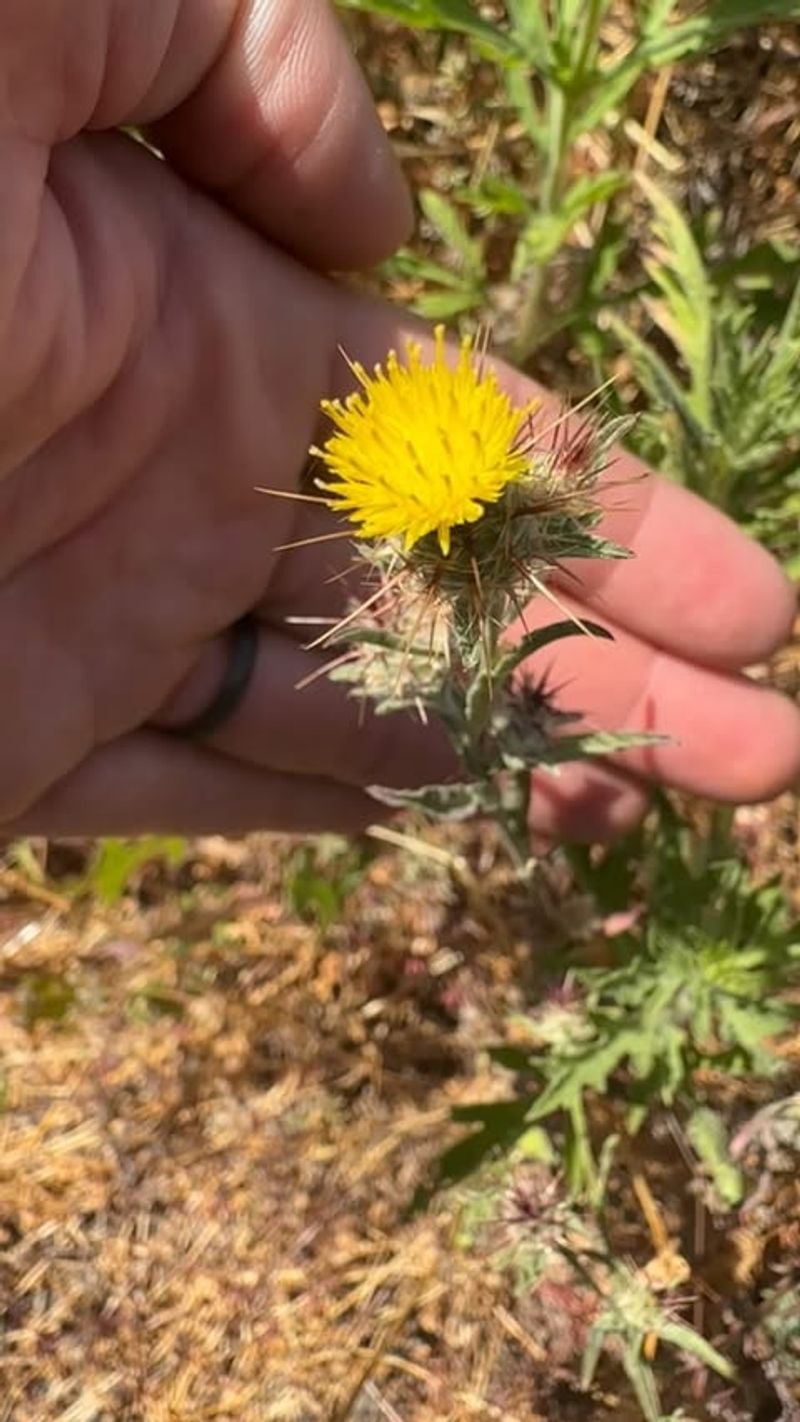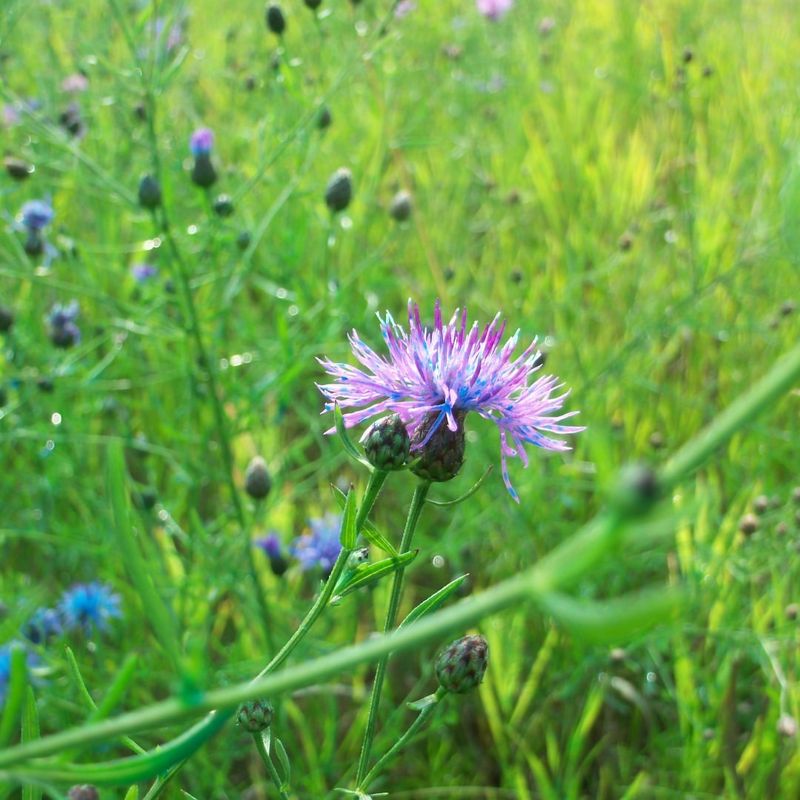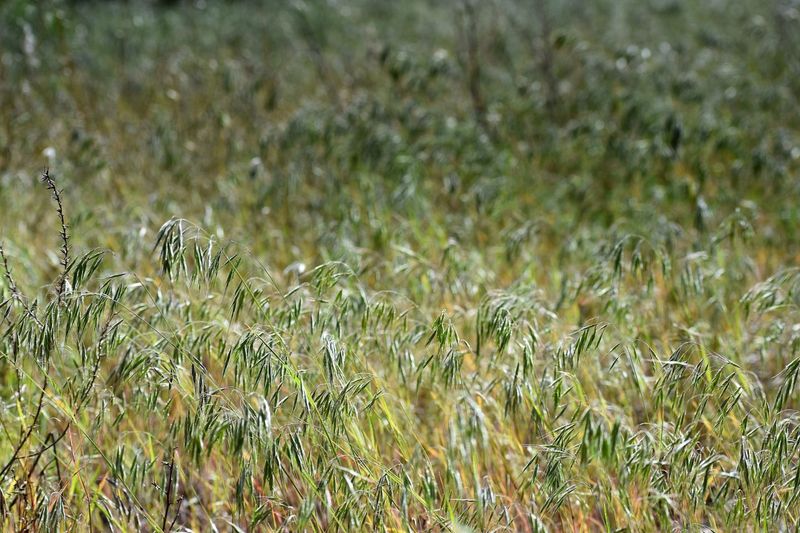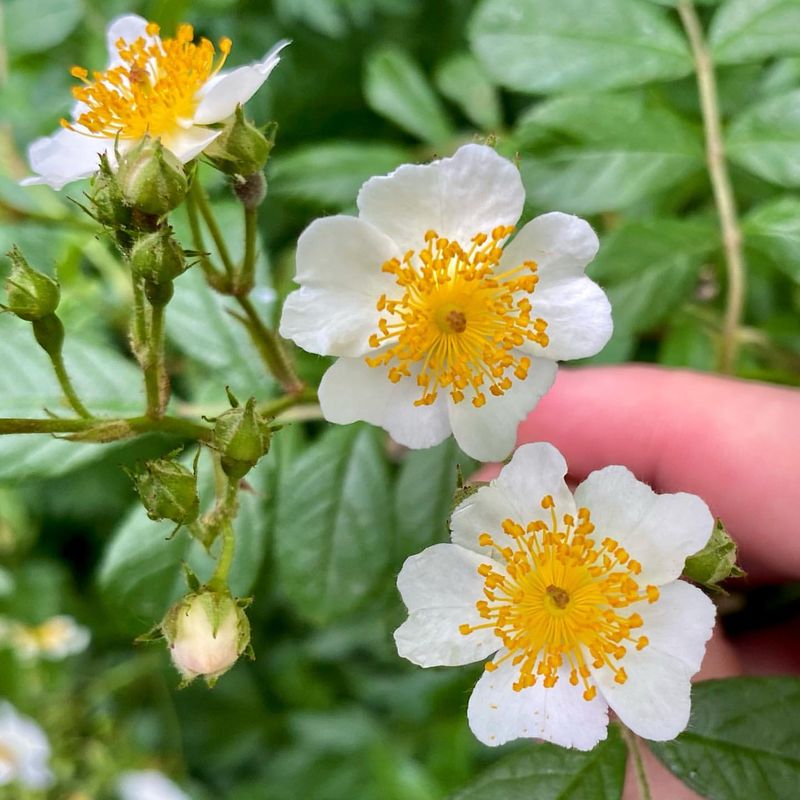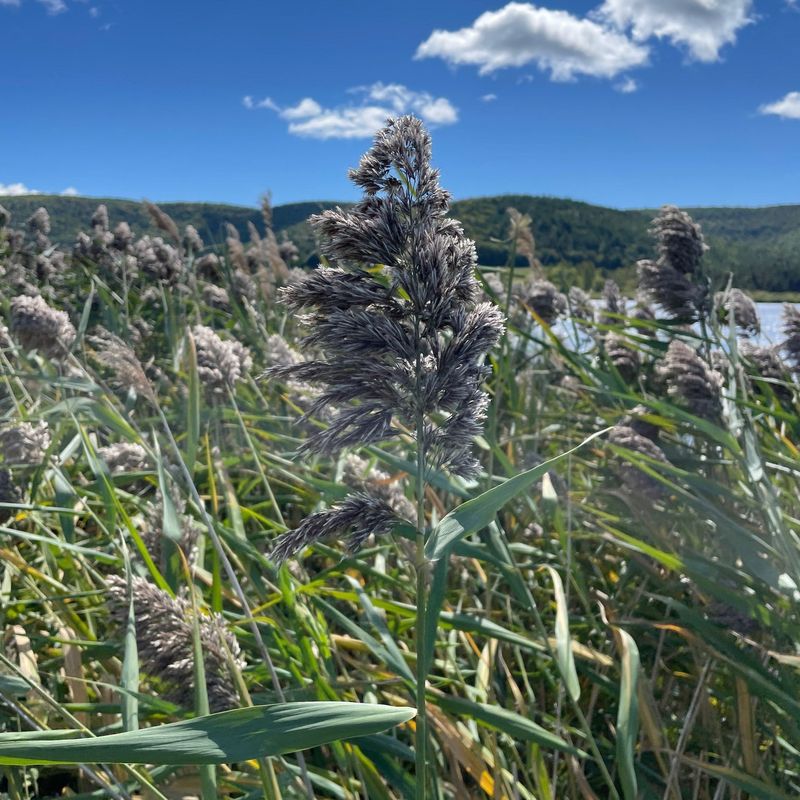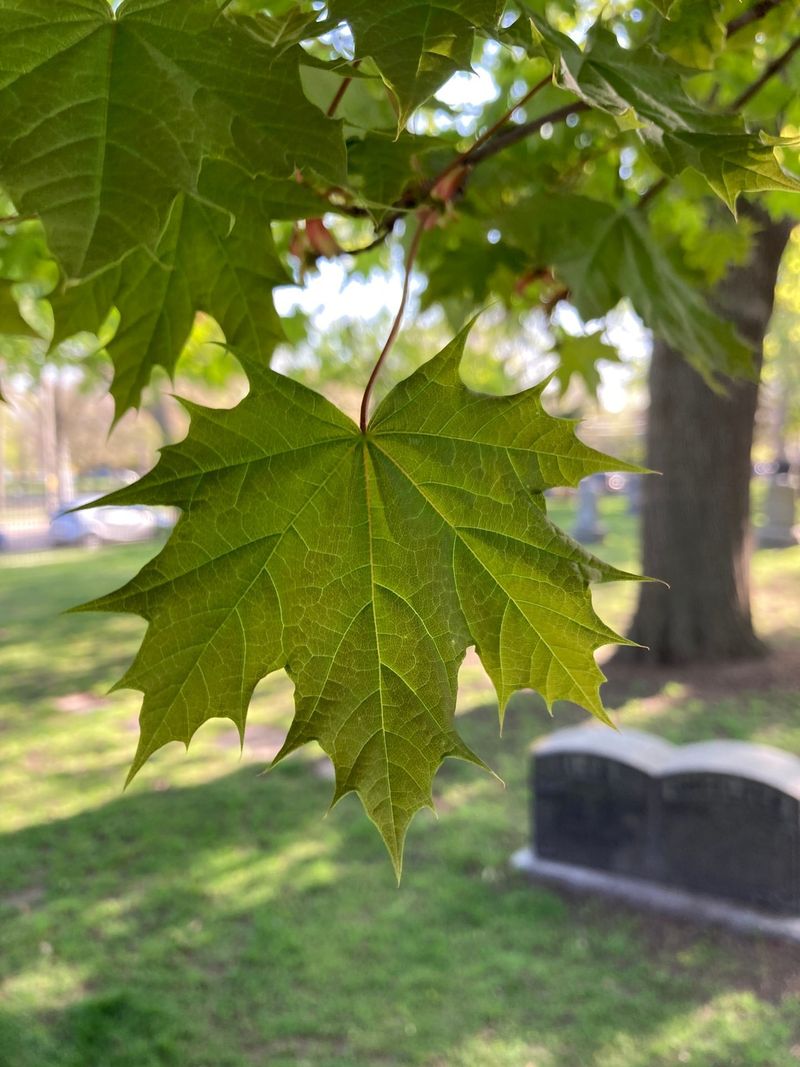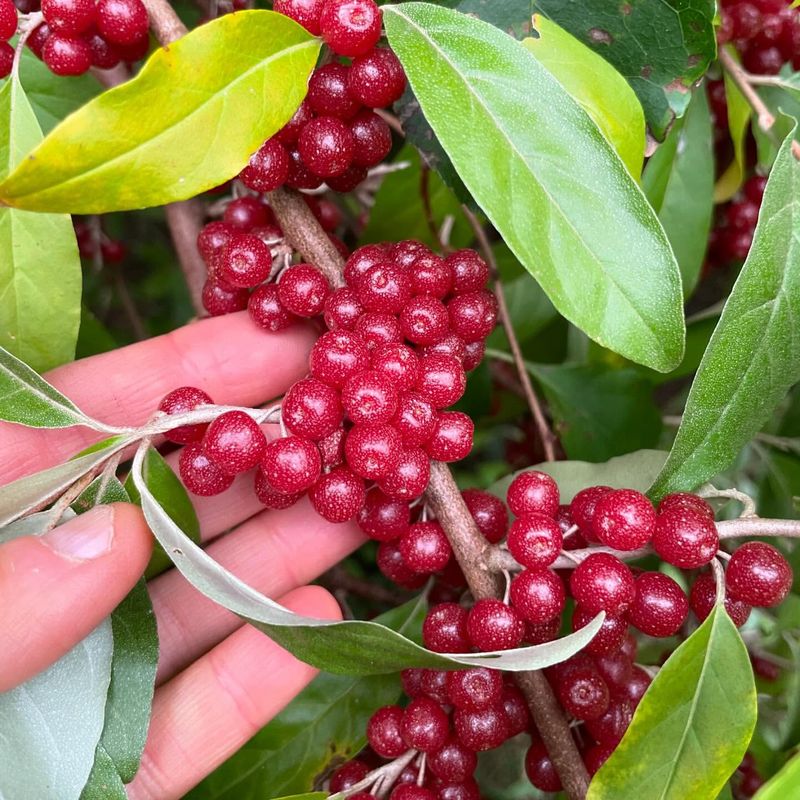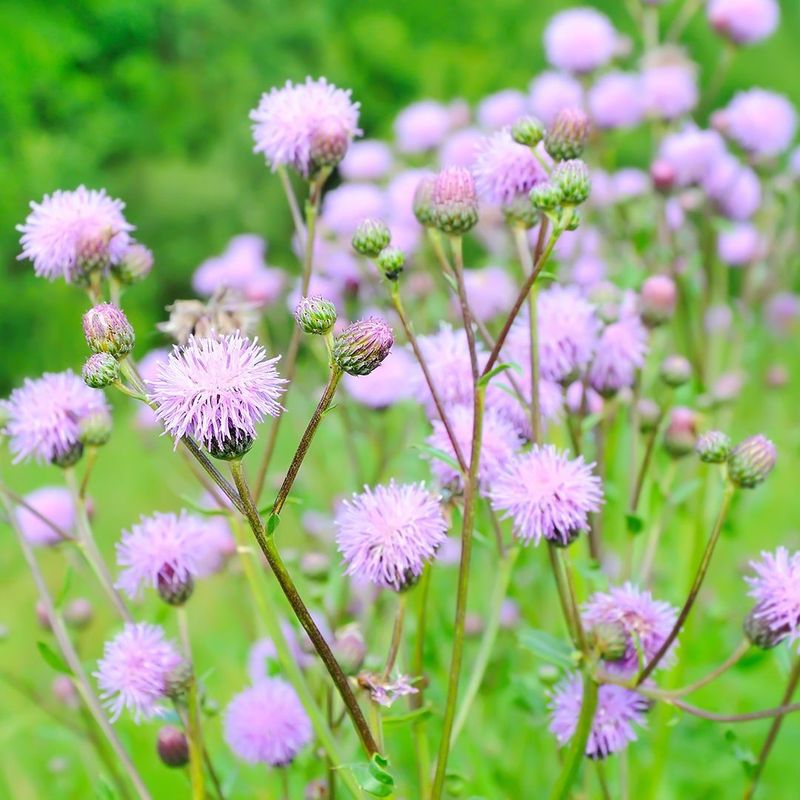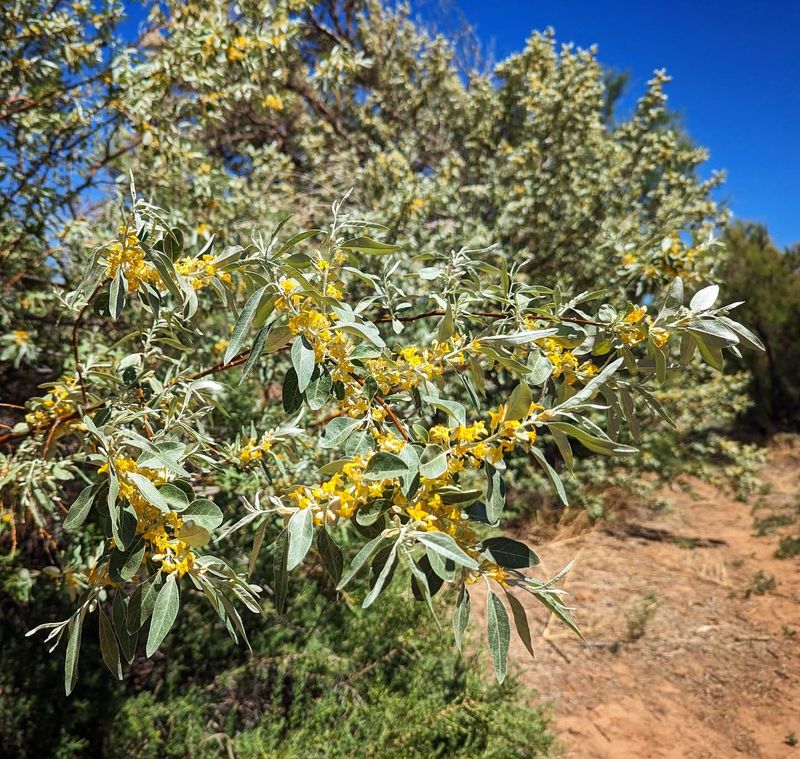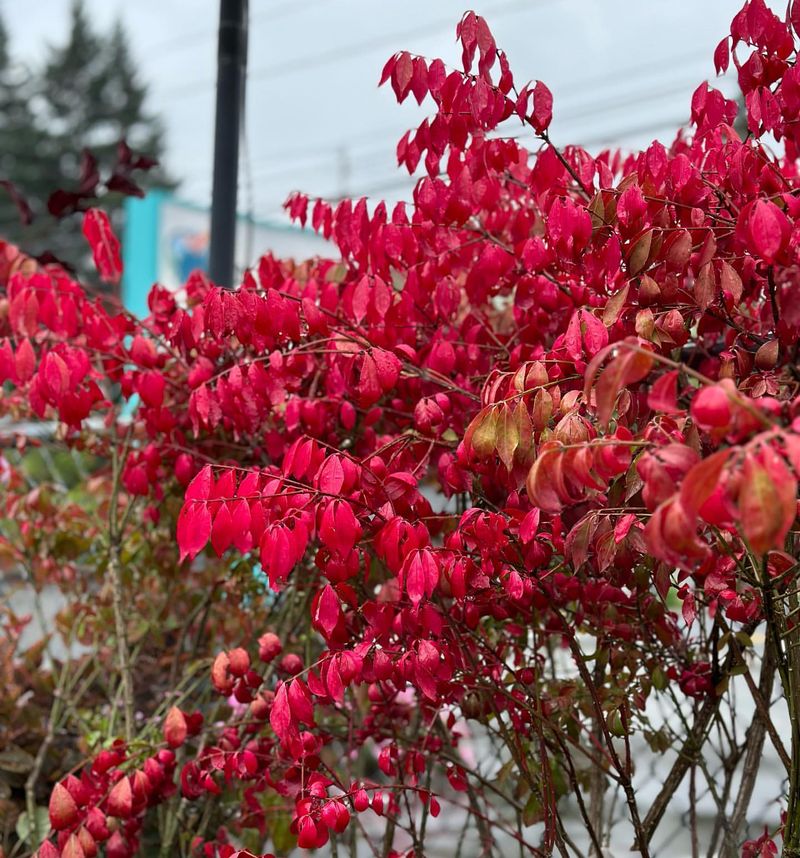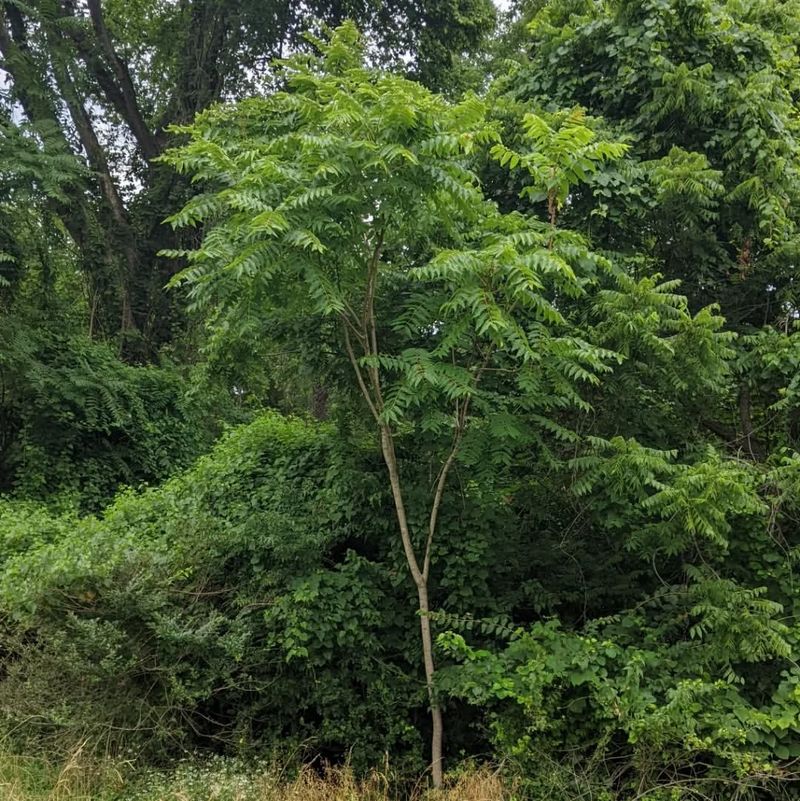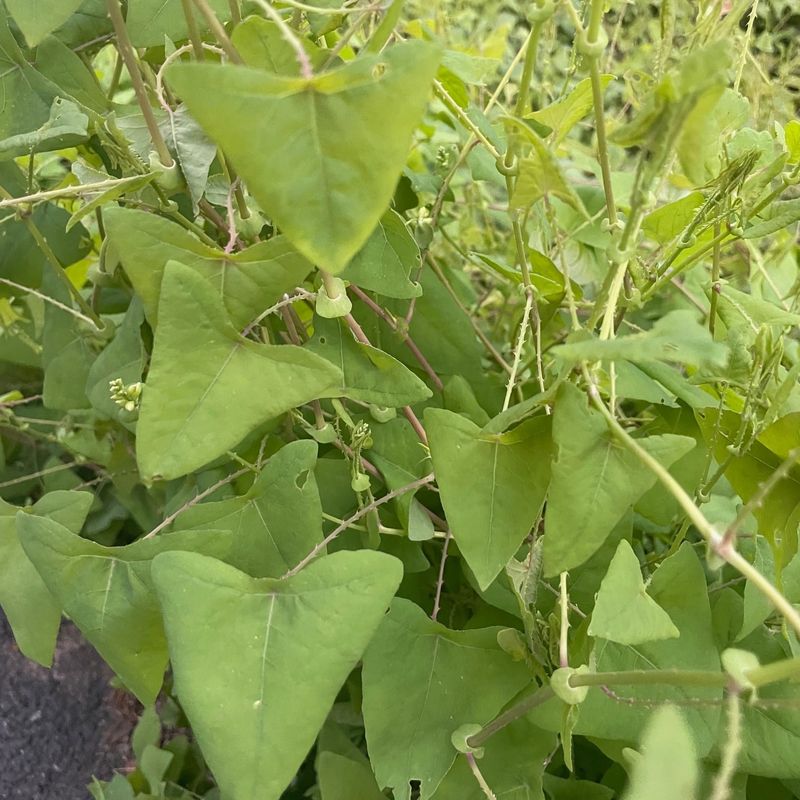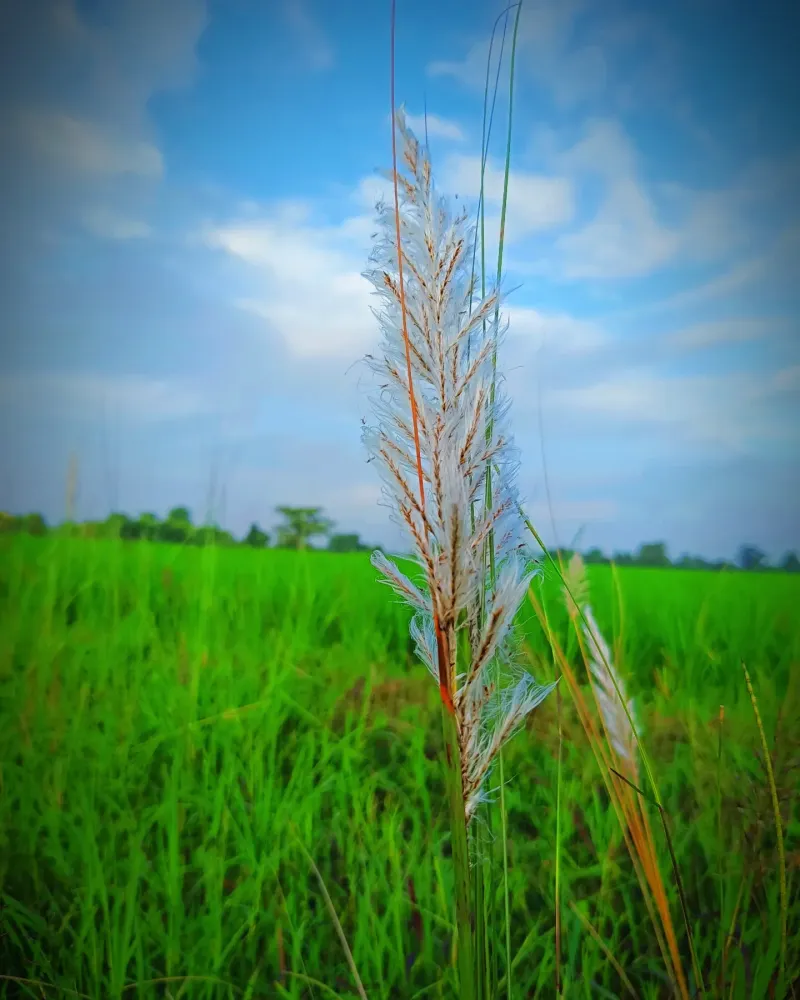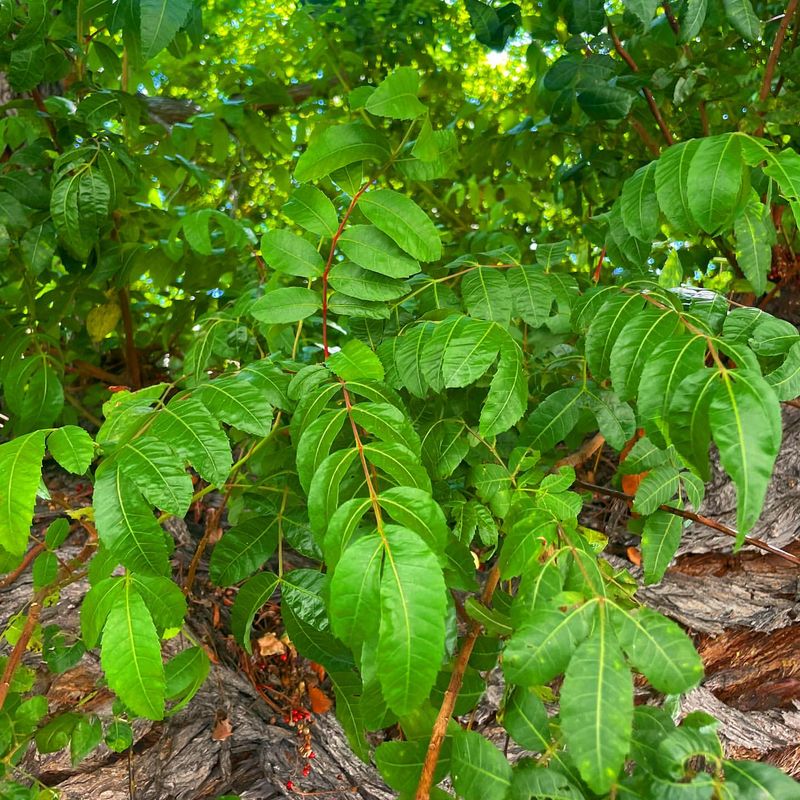Invasive plants might look harmless, but they can take over landscapes, outcompete native species, and cause all kinds of environmental problems. Some were introduced intentionally for gardens or erosion control, while others spread accidentally and quickly got out of hand.
They grow aggressively, are tough to remove, and can disrupt entire ecosystems. If you’ve ever battled an invasive plant in your yard, you know how relentless they can be. Here are 20 of the most troublesome invasive plant species in North America!
1. Kudzu
This vine grows with a mission to conquer anything in its path. Known as “the vine that ate the South,” Kudzu was introduced for erosion control but quickly became a fast-growing menace.
It wraps its tendrils around trees, buildings, and anything else it can find. To manage Kudzu, persistent removal and herbicide use are necessary, but staying vigilant is the key.
2. Purple Loosestrife
It looks like a field of purple magic, but don’t be fooled. Purple Loosestrife is an aggressive wetland invader that pushes out native plants and destroys habitats.
Once it takes hold, it spreads fast, choking waterways and altering ecosystems. Hand-pulling and herbicide treatments help, but it’s a persistent enemy. This plant is a perfect example of how beauty can be deceiving!
3. Giant Hogweed
This plant isn’t just big—it’s dangerous. Giant Hogweed towers over everything, with massive flower clusters that seem almost inviting.
But touch it, and you’ll regret it, because its sap can cause painful burns. Protective gear and targeted herbicides are the only way to safely remove it.
4. Japanese Knotweed
It doesn’t just grow—it dominates. Japanese Knotweed, with its bamboo-like stalks and heart-shaped leaves, can break through concrete and spread like wildfire.
Once it settles in, getting rid of it is nearly impossible without constant cutting and herbicide treatments. It’s a gardener’s worst nightmare, proving that persistence isn’t always a good thing.
5. Garlic Mustard
This plant has a spicy reputation that can wreak havoc in woodlands. Garlic Mustard, with its tall stalks and small white flowers, quickly overtakes native flora.
Originally brought over for culinary use, it now dominates the landscape, changing soil chemistry. Hand-pulling before it seeds and using herbicides are effective control methods.
6. English Ivy
Clinging to structures and trees, this plant is both charming and invasive. English Ivy, with its evergreen leaves, quickly takes over forests and buildings alike.
Once introduced as an ornamental, it now threatens native species and weakens structures. Regular trimming and root removal are vital to prevent it from spreading.
7. Yellow Star-Thistle
In fields and pastures, this plant stands out with its prickly beauty. Yellow Star-Thistle, with its bright yellow flowers, is as thorny as it is persistent.
It spreads rapidly, displacing native species and reducing biodiversity. Mechanical removal and herbicides are necessary for its control.
8. Spotted Knapweed
In dry grasslands, this plant is both striking and troublesome. Spotted Knapweed, with its distinctively spotted blooms, is a tough competitor against native plants.
It releases chemicals that inhibit the growth of nearby vegetation. Pulling, mowing, and targeted herbicide use can help reduce its spread. Spotted Knapweed is a reminder that not all beauty is harmless!
9. Cheatgrass
In open prairies, this plant takes over landscapes in a rush. Cheatgrass, with its dry, spiky appearance, has become a widespread invader in the West.
It’s known to fuel wildfires, rapidly spreading like gossip across the land. Early grazing and prescribed burns are effective strategies to manage it.
10. Multiflora Rose
This rose, while beautiful, is a force to be reckoned with. Multiflora Rose, with its white flowers and thorny canes, was initially introduced for erosion control.
It now forms dense, impenetrable thickets that suffocate native plants. Cutting and herbicide use are crucial for controlling this invader.
11. Common Reed
Near water, this towering grass can quickly take over. Common Reed, with its feathery plumes, can displace native plants and alter entire ecosystems.
It spreads aggressively, outcompeting other species along wetlands. Cutting below the waterline and applying herbicides are key methods for control.
12. Norway Maple
In urban forests, this tree is a silent invader. Norway Maple, with its broad leaves and dense canopy, shades out native plants and alters forest dynamics.
It spreads slowly but steadily, affecting entire ecosystems. Removal and replacing it with native species can help restore balance.
13. Autumn Olive
This shrub, with its silver leaves and fragrant flowers, has a charm that quickly turns invasive. Autumn Olive, originally introduced for erosion control, now dominates the landscape.
Its ability to fix nitrogen allows it to thrive in poor soil, displacing native plants. Cutting and herbicides are essential in controlling its spread.
14. Canada Thistle
In fields and meadows, this spiny perennial stakes its claim. Canada Thistle, with its purple flowers and sharp leaves, can take over large areas quickly.
It spreads by its roots, creating networks that are difficult to stop. Regular mowing and targeted herbicide treatments are crucial for management.
15. Russian Olive
Along riverbanks, this tree quietly invades. Russian Olive, with its silvery leaves and narrow branches, was introduced as a windbreak but now threatens native ecosystems.
It thrives in disturbed soils, crowding out native plants and altering water availability. Removal and replacement with native species are essential to restoring balance.
16. Burning Bush
This plant’s fiery red foliage makes it hard to ignore. Burning Bush, originally brought over for its ornamental value, now spreads like wildfire across suburban gardens.
Its slow, smoldering spread chokes out native plants and takes over forests. Cutting and herbicide treatment are necessary to control its reach.
17. Tree of Heaven
This fast-growing tree can easily take root in both urban and rural landscapes. Tree of Heaven, with its rapid growth and resilience, spreads with remarkable speed.
Originally from China, it was introduced for ornamental purposes, but now it dominates the environment. Regular cutting and herbicide use are important for managing this aggressive tree.
18. Mile-a-Minute Weed
In open fields, this plant moves at lightning speed. Mile-a-Minute Weed, with its triangular leaves and spiky stems, quickly covers the ground, smothering native plants.
This vine spreads rapidly, often choking out anything in its path. Hand-pulling and pre-emergent herbicides are effective in keeping it in check.
19. Cogongrass
In sunny fields, this grass stands tall and relentless. Cogongrass, with its fluffy seed heads, spreads across landscapes with unyielding determination.
It alters fire regimes and competes aggressively with native plants, changing the ecosystem. Mechanical removal and herbicide treatment are essential to managing it.
20. Brazilian Pepper Tree
Along coastal regions, this colorful tree can easily go from beautiful to invasive. Brazilian Pepper Tree, with its bright red berries and glossy leaves, spreads quickly and displaces native species.
Introduced from South America, it now forms dense thickets, dominating the landscape. Mechanical removal and herbicide use are essential for keeping it under control.

